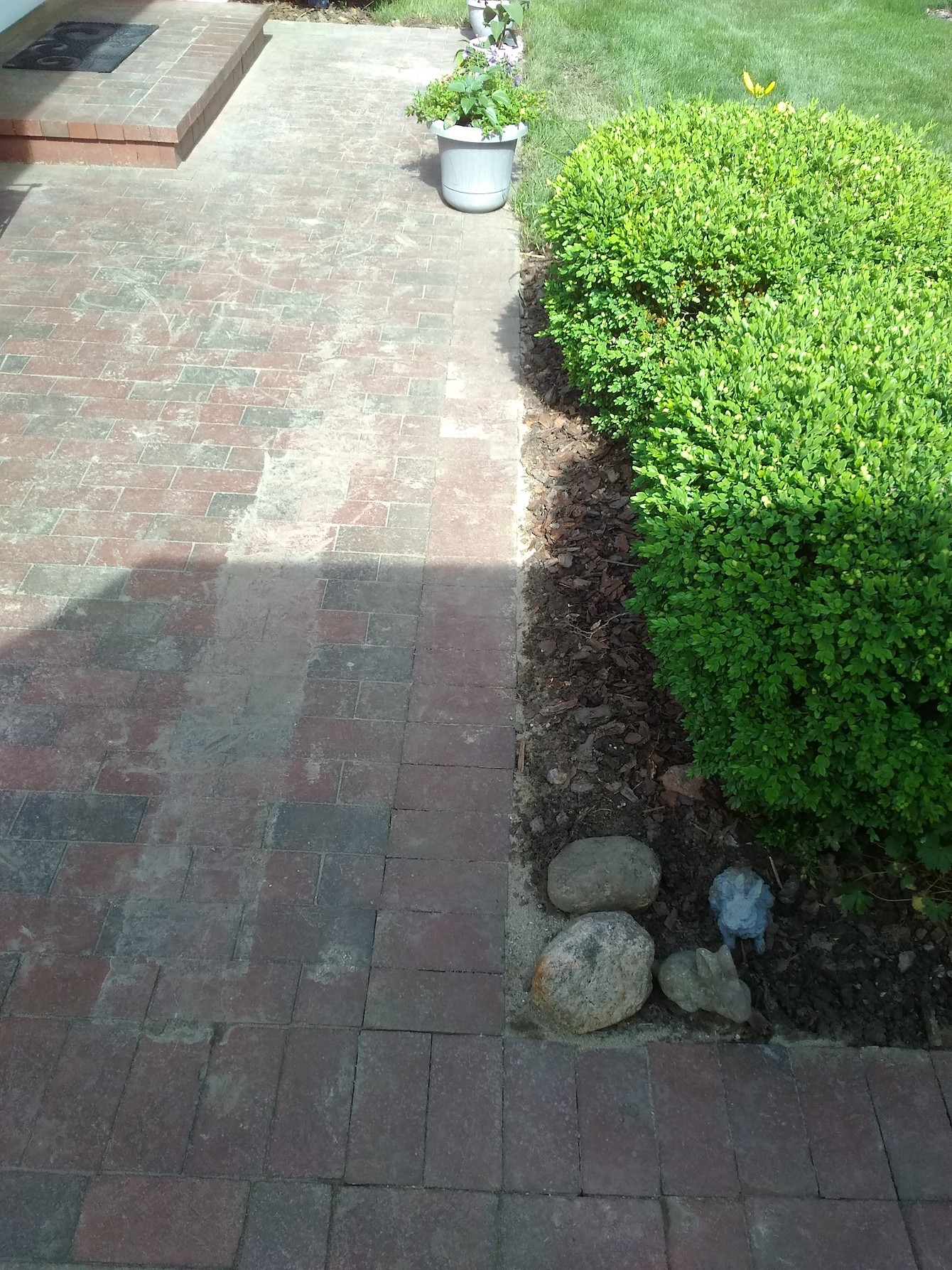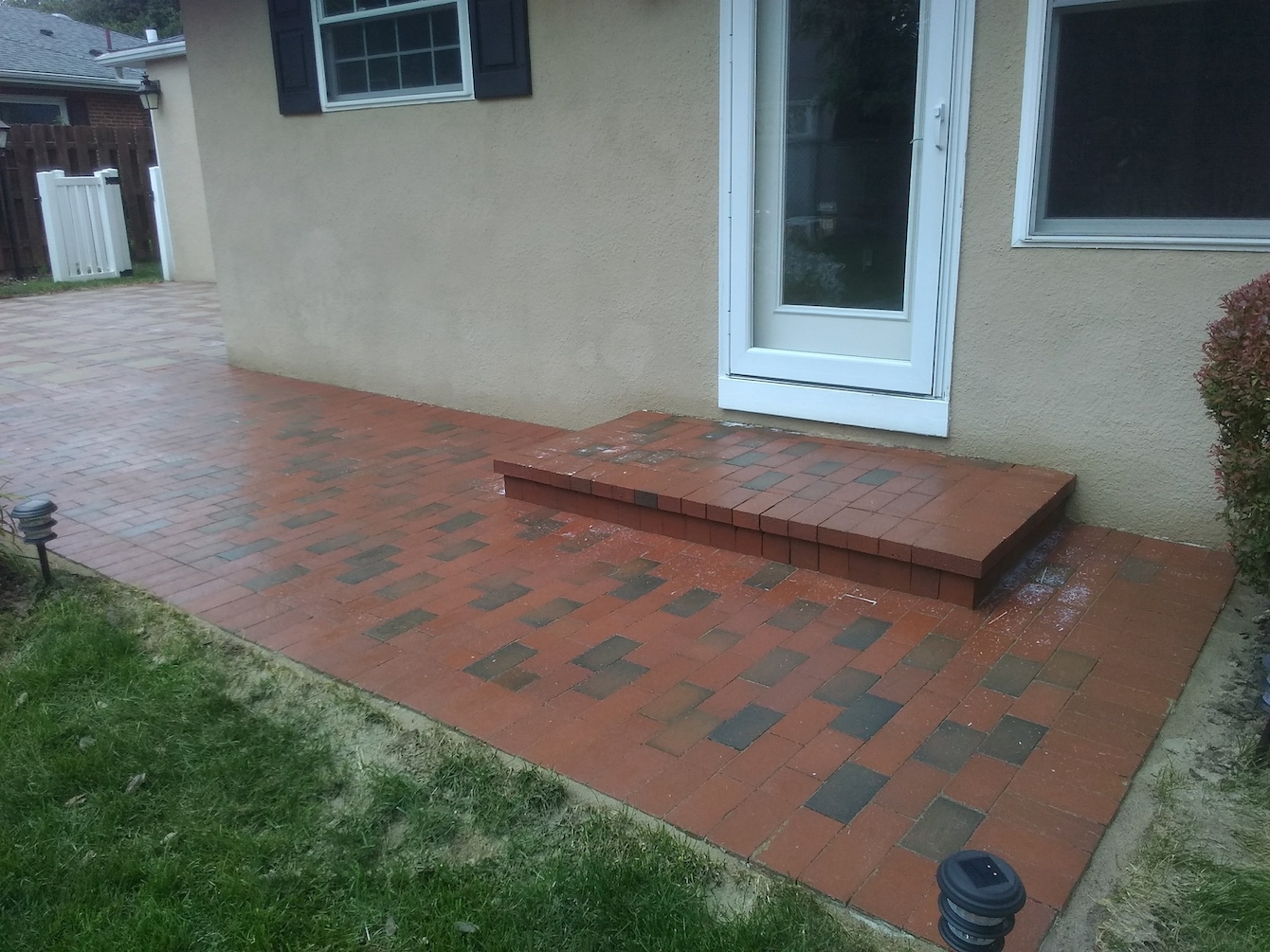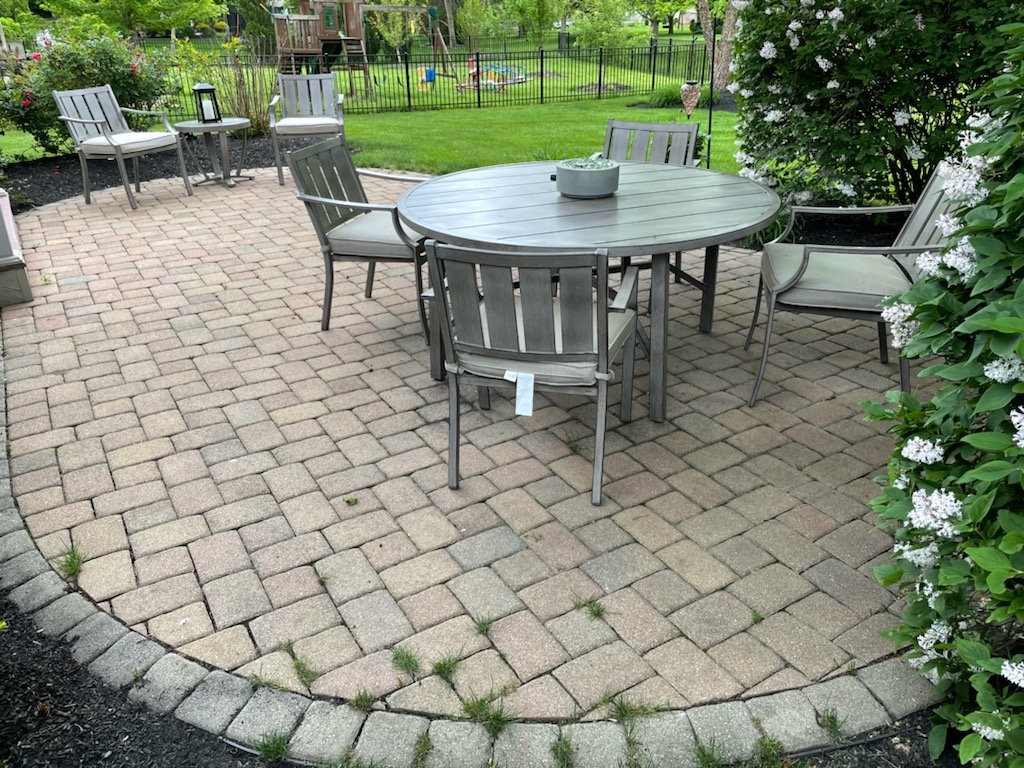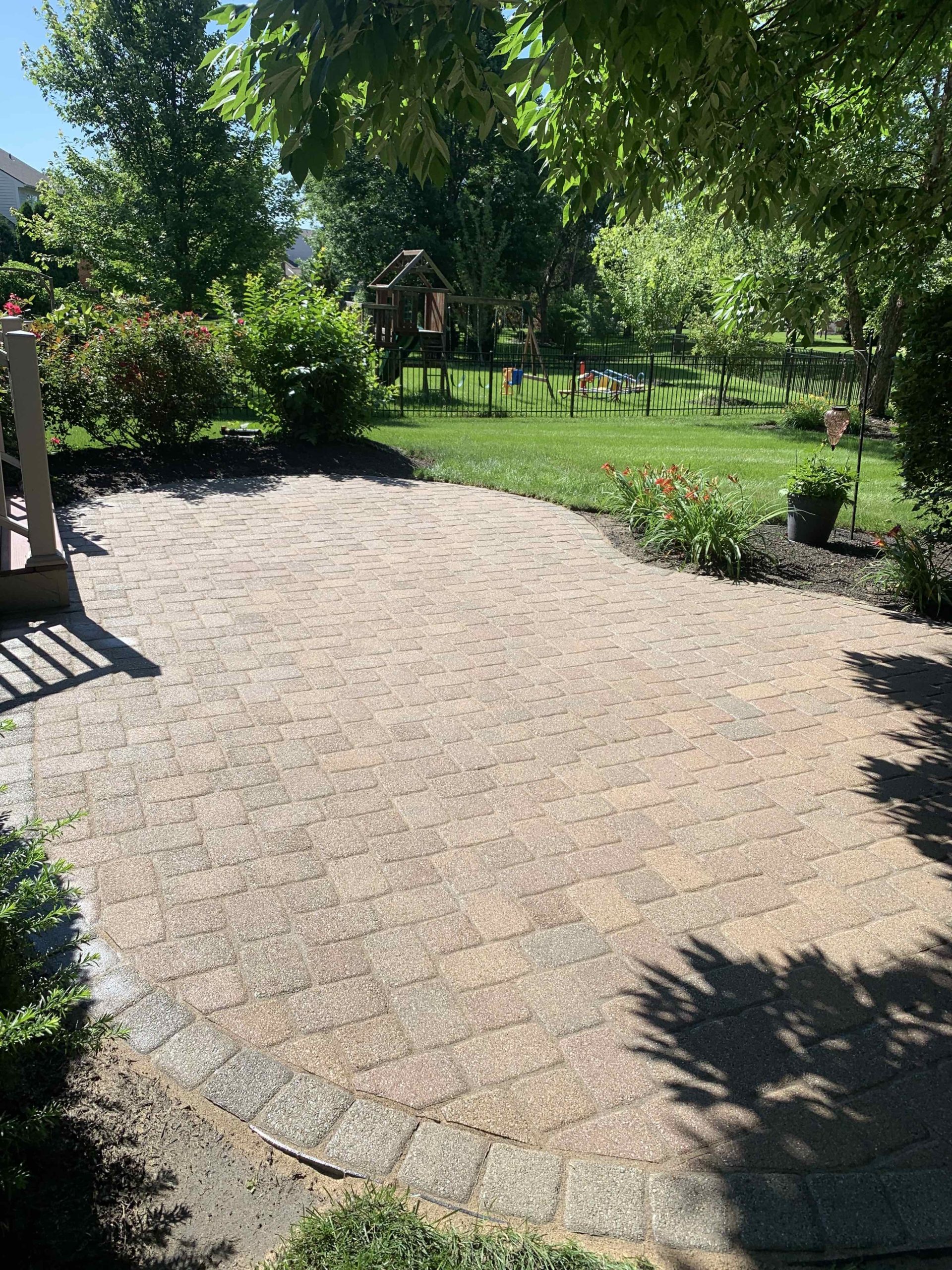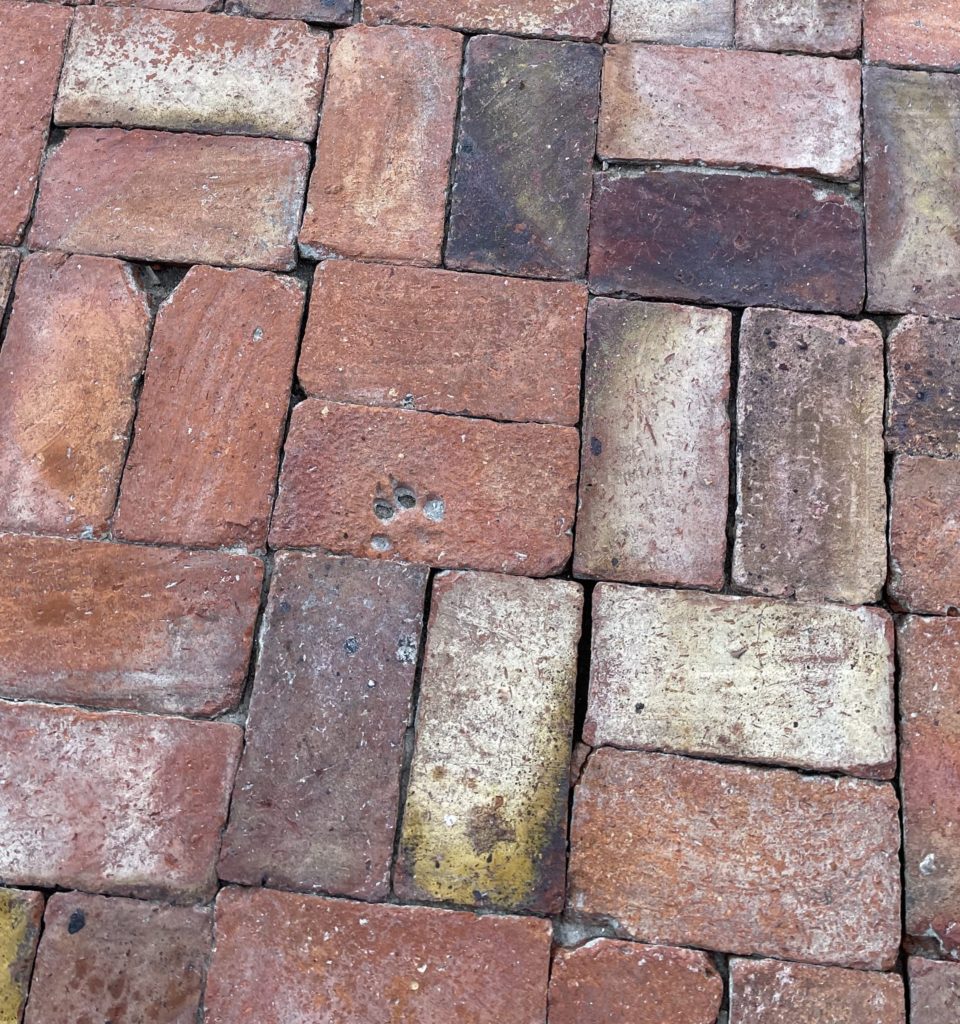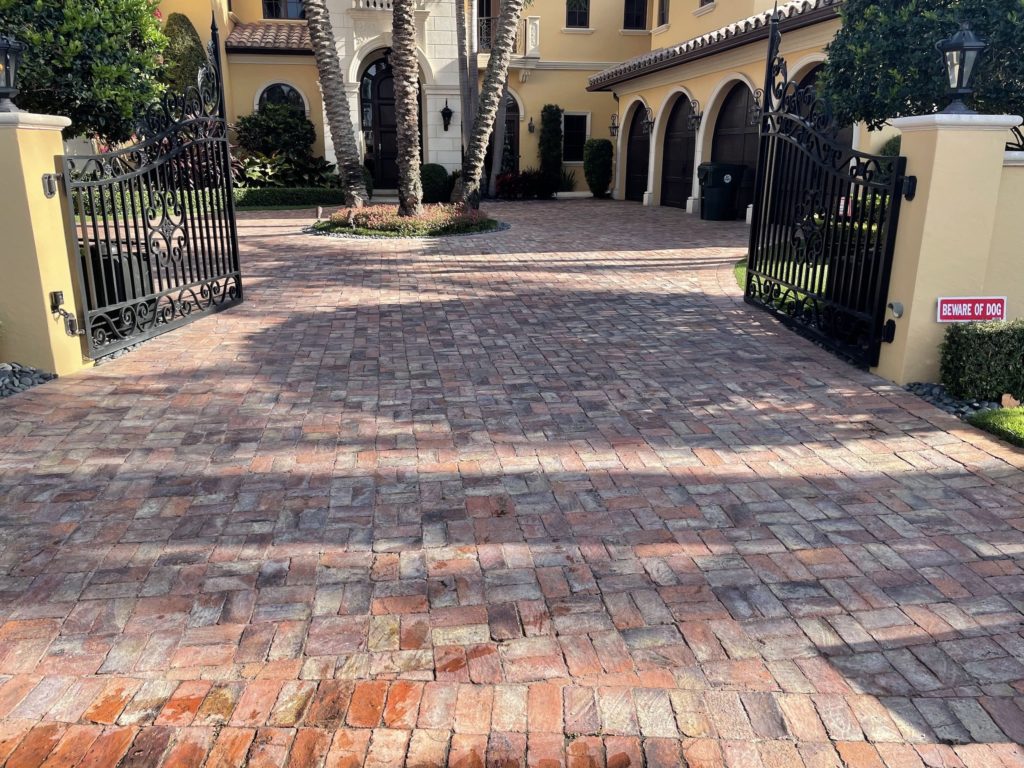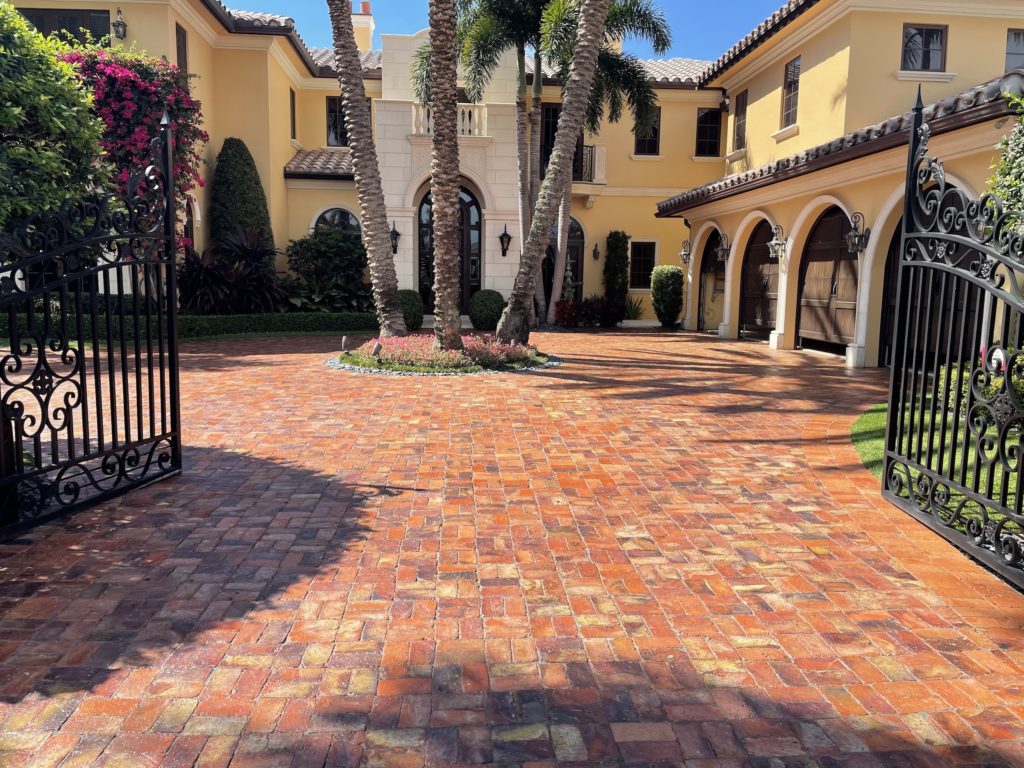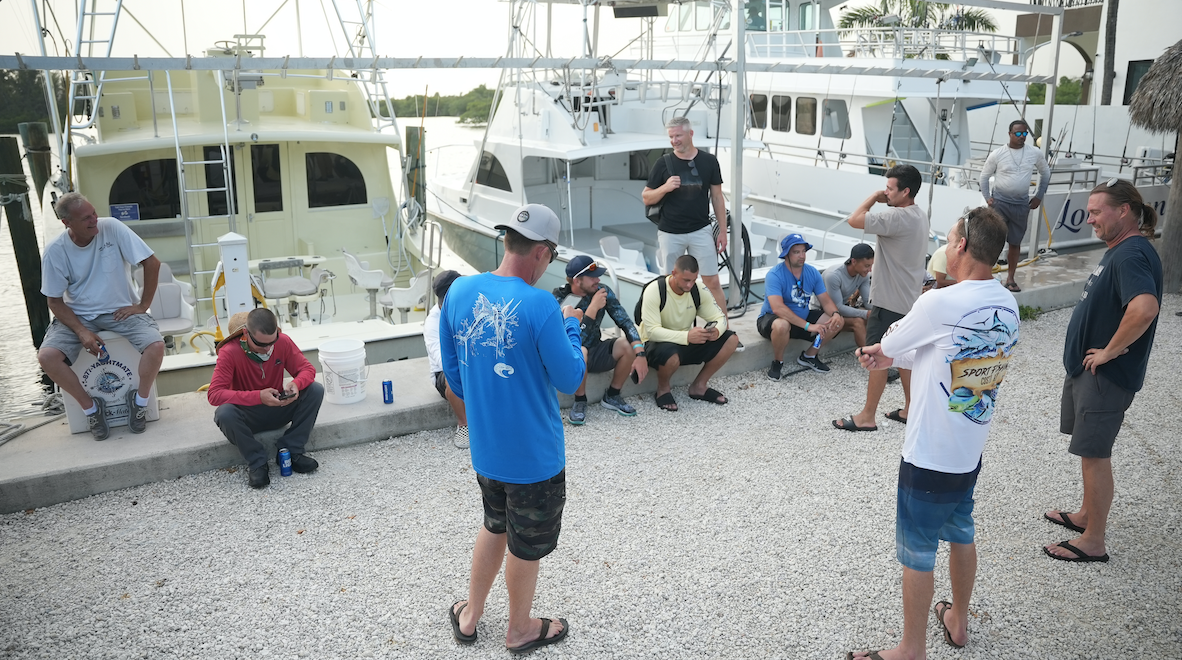
It was a day filled with excitement, fun and bucket list cross off’s for the South Florida team of Perfect Paver. The incredible success that Perfect Paver Co. has is attributed to the hard work and dedication each team member shows daily. It was time for these team members to be treated to an exciting day off and be shown just how much they are appreciated and valued. What better way to do this than a beautiful day out on the ocean deep-sea fishing?
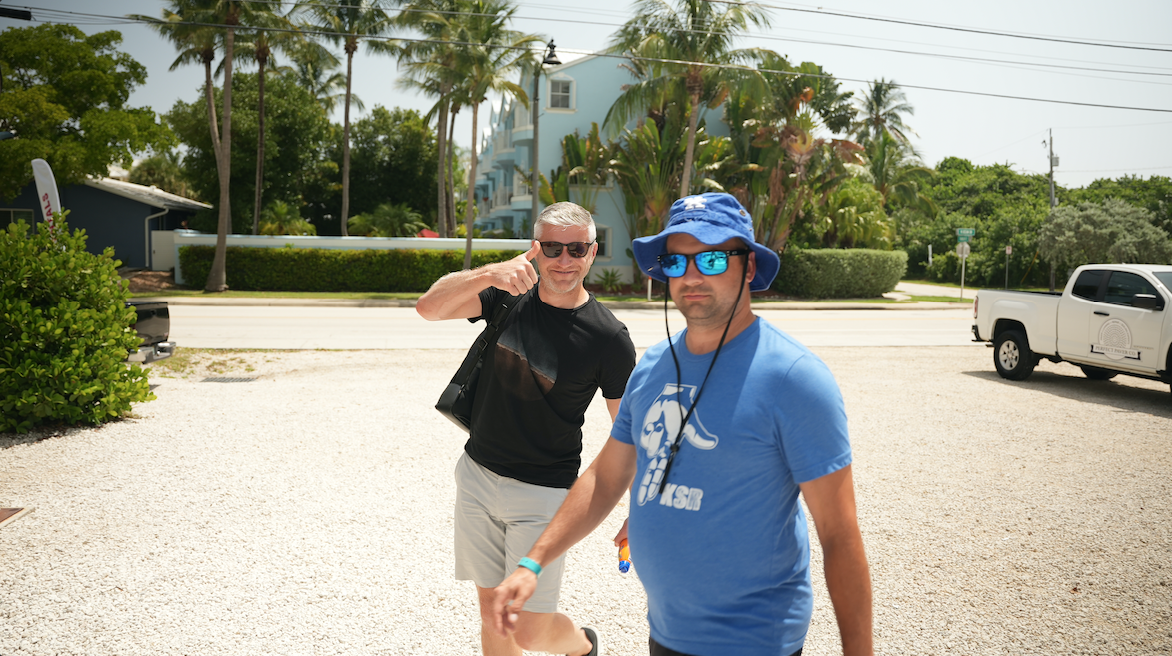
The day was carefully planned in detail with everyone’s enjoyment in mind. Some of the team members piled in the large SUV with Ethan as their driver. During the drive, the guys shared in their excitement and anticipation of the day. As they say, it’s the journey, not the destination that creates some of the best memories. Casey M shared, “I enjoyed the ride down with all of the team members. We all did a bunch of laughing and joking around. The whole day was awesome, but this was definitely my favorite part.”

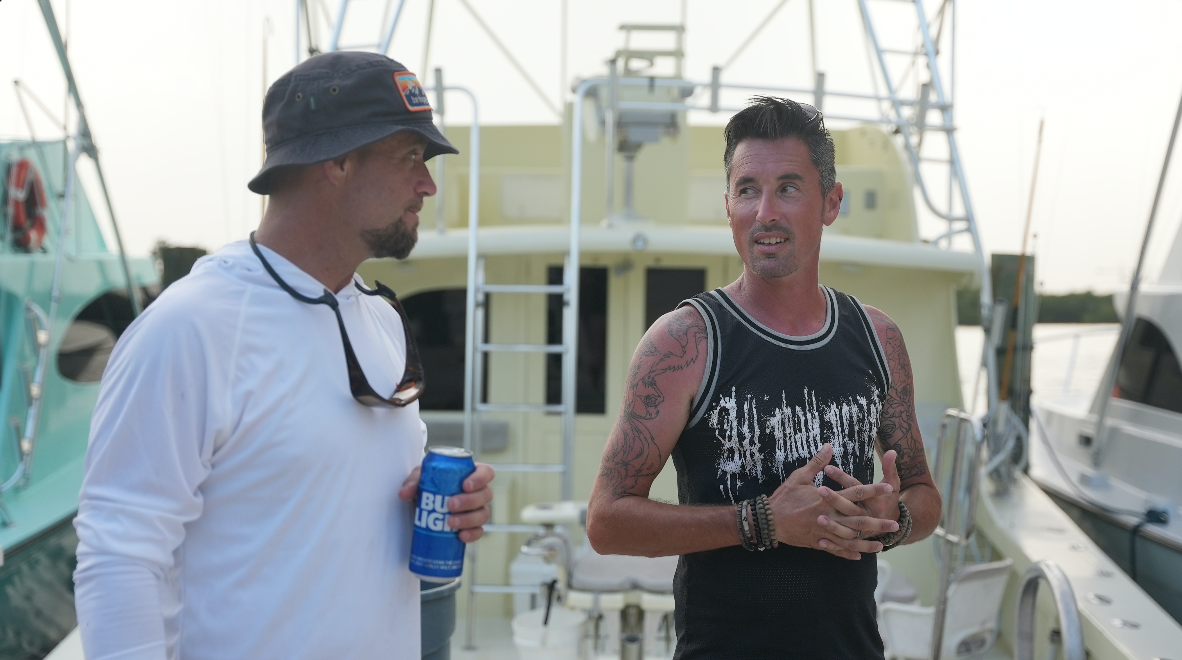
They arrived at the Lady Pamela 2, the charter boat that was hired for the day – a 50′ custom-built sportfishing boat. This was a unique opportunity for some of the team who love to fish but have never gone out to sea on such a large and beautiful boat. The water that day was calm, crisp, and clear. There were plenty of snacks, lots of drinks, and Dramamine if anyone needed it. (Luckily, no one did!)
The day was nothing short of eventful. After three hours of bottom fishing and catching nothing, the team asked the captain if they could switch to trolling. The first mate set rod’s up off the boat and the captain started trolling around covering large areas. Not even 30 seconds went by when someone started yelling, “FISH ON, FISH ON!!” Moments later another and then another. Everyone started running around in excitement trying to real in a line as fast as possible.
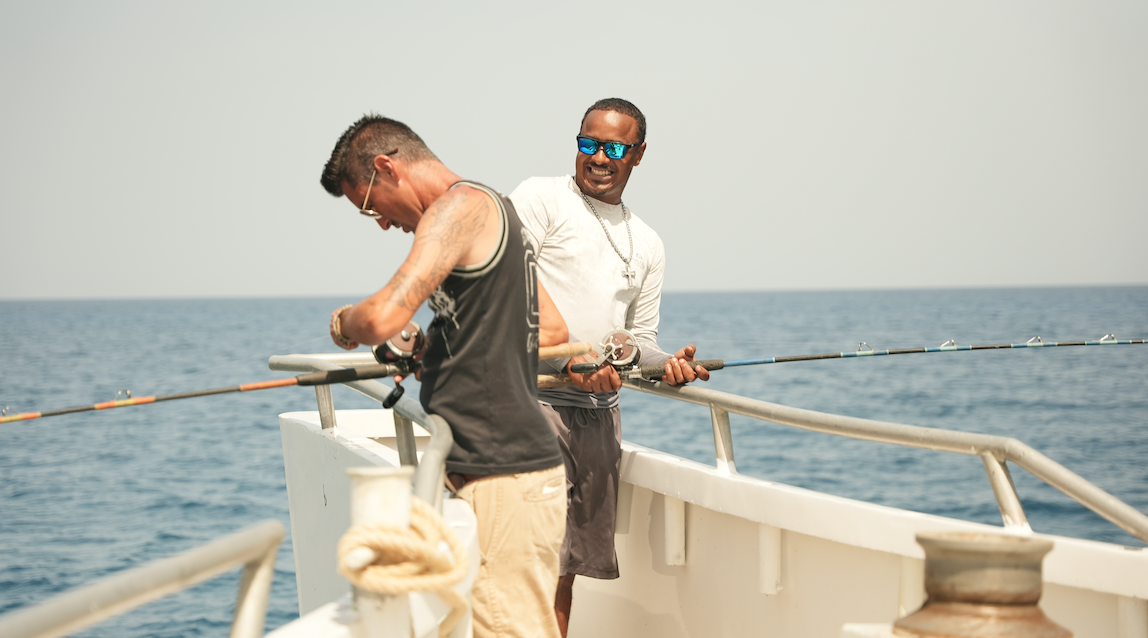
For Mike, this experience was on his bucket list. “This was a special day for me. Especially since I always do my fishing from land. I’ve always wanted to go deep-sea fishing and catch a Mahi- mahi.” Ethan who likes to do some fishing in his spare time had a particularly great day as well. “Being able to troll changed the dynamic of the whole trip. This got everyone amped up and it was cool seeing everyone have so much fun.” Not only did they catch the sought-after Mahi- mahi, but they caught snapper, and strawberry grouper.
They even caught a surprise package, what is known as a “square grouper” here in South Florida. The team was shocked when they fished a securely wrapped package that looked like it fell right off of a cartel boat. They alerted the coast guard who met them back at the dock to pick it up.
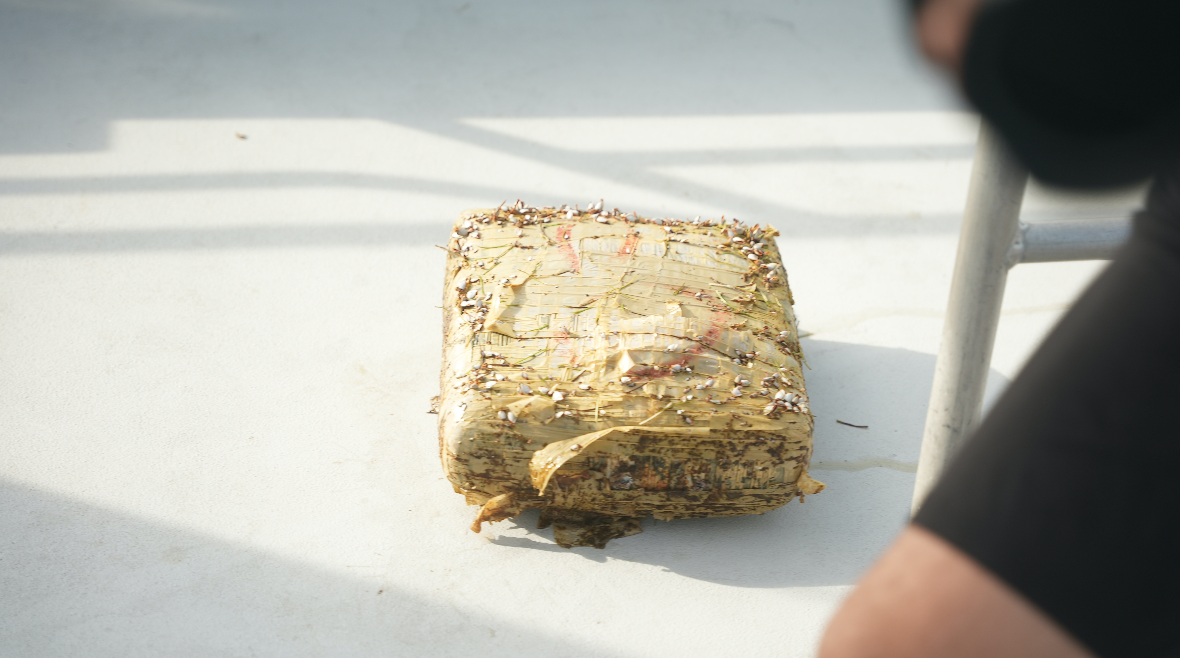
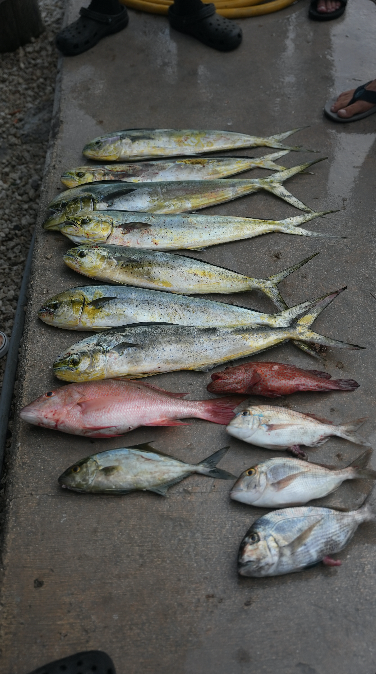 After a successful day of fishing, the team got back to the boat slip and made their way to dinner. Tiki Tiki was the restaurant picked for its perfect location, fresh seafood, and ideal atmosphere. The chef took their freshly caught fish fillets and created appetizers for the table. This was a first for Mike who before this trip would not eat seafood. “After we brought the fillets to the restaurant to be prepared, I decided I was going to try it, and I did!! This trip has left me with a whole new assortment of dishes I can enjoy for the rest of my life. It took catching the damn fish, but I actually like seafood now!” Said Mike. The guys had an amazing night out and enjoyed their dinner and drinks while catching up and sharing their own unique stories of the day.
After a successful day of fishing, the team got back to the boat slip and made their way to dinner. Tiki Tiki was the restaurant picked for its perfect location, fresh seafood, and ideal atmosphere. The chef took their freshly caught fish fillets and created appetizers for the table. This was a first for Mike who before this trip would not eat seafood. “After we brought the fillets to the restaurant to be prepared, I decided I was going to try it, and I did!! This trip has left me with a whole new assortment of dishes I can enjoy for the rest of my life. It took catching the damn fish, but I actually like seafood now!” Said Mike. The guys had an amazing night out and enjoyed their dinner and drinks while catching up and sharing their own unique stories of the day.
The day went perfectly from beginning to end and these Perfect Paver team members deserved every minute of it. “I’m so proud to work with this team. We work so hard together and I’m happy we’re able to play hard together. This entire day was a blast and well deserved by everyone one of us.” Said Mark.
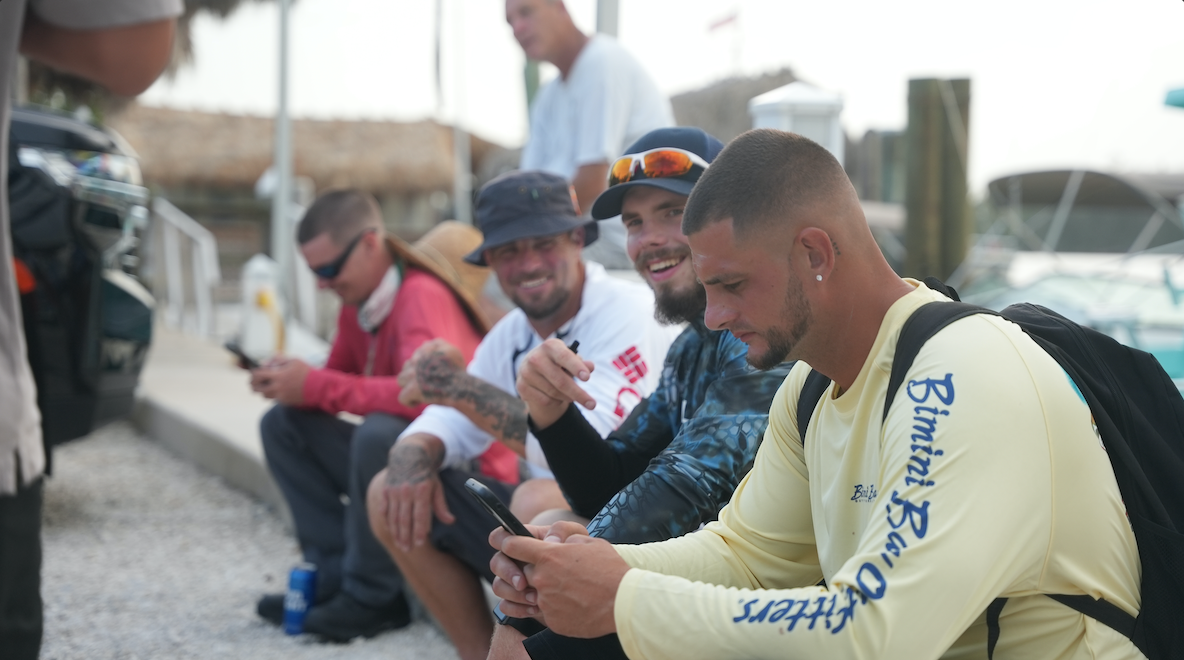
Casey G said, “By far this was one of the best days I’ve had in a long time, and it was awesome to see all of us be able to hang out and enjoy the day. I appreciate the amount of time and effort that went into this trip which makes me realize all of our hard work is appreciated.” Max, one of the east coast team members said, “The whole trip, in general, was great. I was able to meet team members I have never met. The whole experience was amazing. I’ve never caught a Mahi-mahi before and have always wanted to do that.”
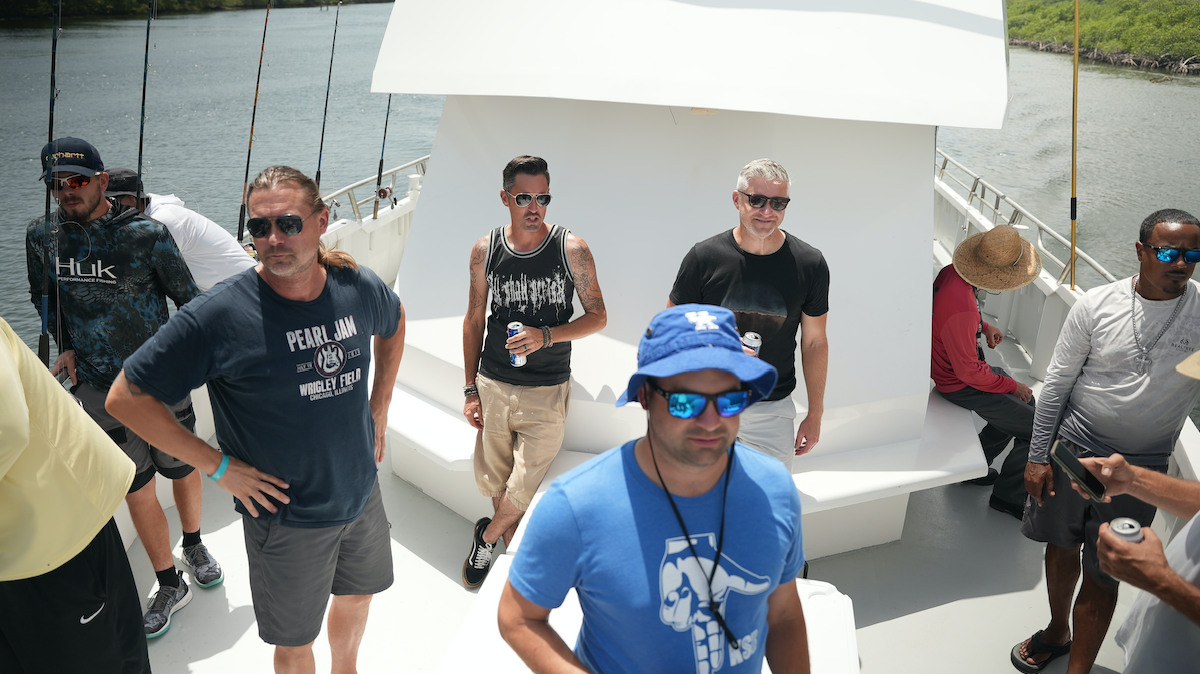
There’s no greater feeling than knowing you are valued and appreciated as an employee and that was precisely the goal of the day, to say thank you to everyone who makes this company what it is. The strength and success of Perfect Paver as a company is a direct result of each individual team member contributing to the team’s success. On this day particularly fun day, it was so nice to be able to contribute to the excitement and happiness they all truly deserve.






 After a successful day of fishing, the team got back to the boat slip and made their way to dinner. Tiki Tiki was the restaurant picked for its perfect location, fresh seafood, and ideal atmosphere. The chef took their freshly caught fish fillets and created appetizers for the table. This was a first for Mike who before this trip would not eat seafood. “After we brought the fillets to the restaurant to be prepared, I decided I was going to try it, and I did!! This trip has left me with a whole new assortment of dishes I can enjoy for the rest of my life. It took catching the damn fish, but I actually like seafood now!” Said Mike. The guys had an amazing night out and enjoyed their dinner and drinks while catching up and sharing their own unique stories of the day.
After a successful day of fishing, the team got back to the boat slip and made their way to dinner. Tiki Tiki was the restaurant picked for its perfect location, fresh seafood, and ideal atmosphere. The chef took their freshly caught fish fillets and created appetizers for the table. This was a first for Mike who before this trip would not eat seafood. “After we brought the fillets to the restaurant to be prepared, I decided I was going to try it, and I did!! This trip has left me with a whole new assortment of dishes I can enjoy for the rest of my life. It took catching the damn fish, but I actually like seafood now!” Said Mike. The guys had an amazing night out and enjoyed their dinner and drinks while catching up and sharing their own unique stories of the day.

